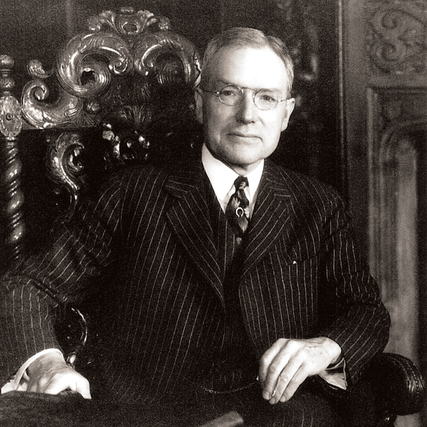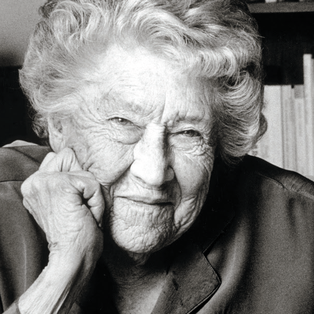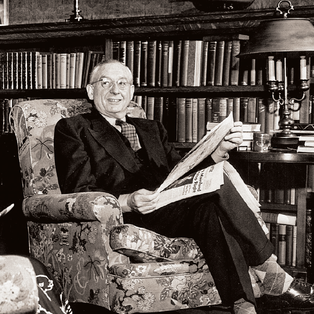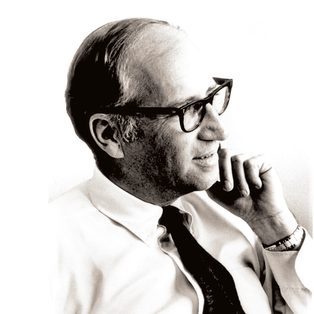A Community of Students
From the very beginning, life at the university presented students with a rich variety of experiences. In addition to athletics, they could participate in theater and music groups, literary societies, social clubs, and numerous publications, including the Daily Californian, which was founded in 1897.

Although early student gathering places existed such as Hearst Hall, when history professor Henry Morse Stephens came to UC Berkeley from Cornell in 1902, he noticed the lack of a student union. He chose to live at the Faculty Club to be close to his students, and he invited them to join him there. In the evening, they gathered at his fireside to read Kipling, discuss football, or simply listen to him talk. After his death in 1919, the Associated Students, alums, and faculty donated more than $300,000 to build the Henry Morse Stephens Memorial Union, now Stephens Hall.
Facilities such as the Stephens Memorial Union were particularly important because the university was a “commuter” school. During its first 60 years, there was no housing on campus. The first dormitory was built in 1929, when Mrs. Philip E. Bowles funded Bowles Hall as a memorial to her husband, an alum and Regent. Stern Hall for women came 13 years later, a gift from Rosalie Meyer Stern, widow of Sigmund Stern, Class of 1879, and mother-in-law of Walter Haas, Class of 1910. Her granddaughter Rhoda Haas ’46 was one of the first residents of the new hall.
A publicly funded student housing boom in the 1950s and ’60s created more than a dozen new residence halls, making it feasible for large numbers of students to live on campus for the first time. Some dormitories were also built with private funds, such as a law-student residence named for Hiram Edward Manville. Gifts for the building came from his children, Countess Folke Bernadotte and H. E. Manville Jr.; the Garret W. McEnerney ’31, J.D. ’34 estate; and law school alums.
The university’s most famous dormitory opened in 1930. John D. Rockefeller Jr. had sponsored an International House in New York to promote understanding and fellowship among the peoples of all nations. Prompted by its success, he chose UC Berkeley as the site of a second facility and gave $1.75 million for its construction. The idea of a coeducational, mixed-race residence caused a furor in middle-class white Berkeley, but construction went forward despite protests. Each year, I House, as it is known, is home to more than 600 UC Berkeley students from every state and some 60 countries around the globe.



